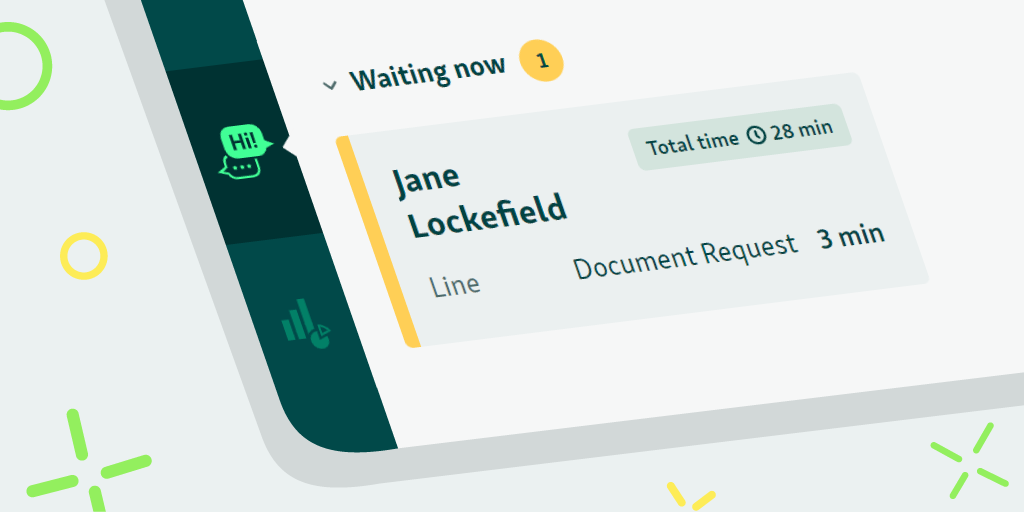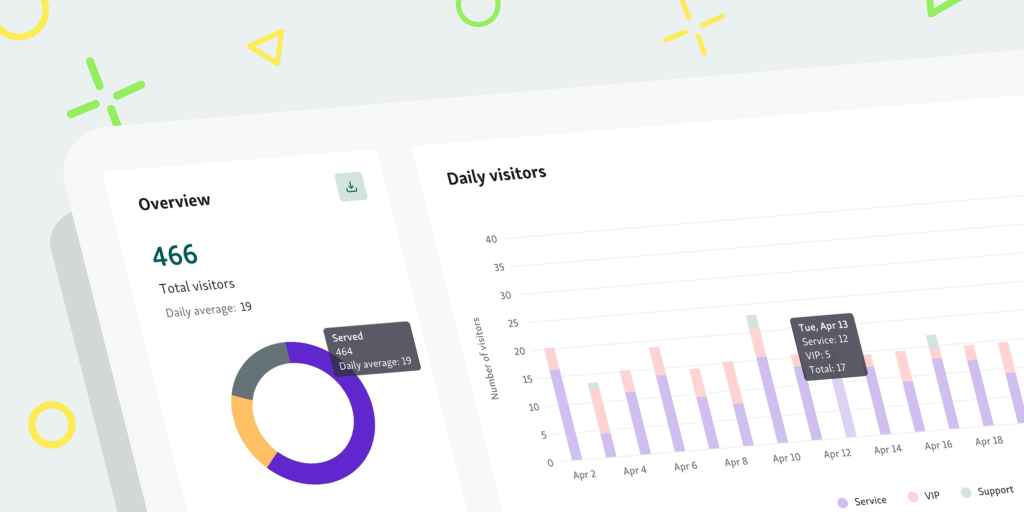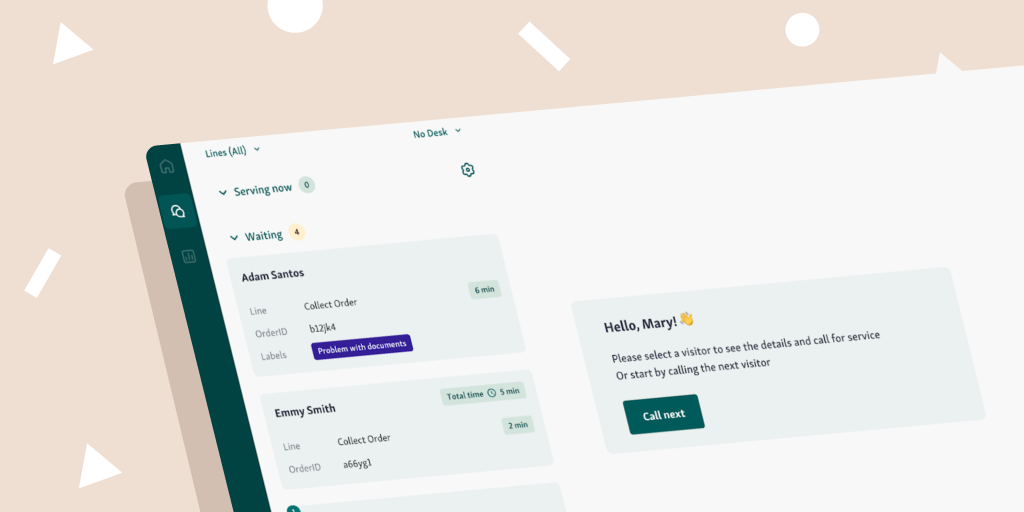Today, we are excited to share that we have reached the next milestone by achieving SOC 2 Type II compliance.
Your data’s security has always been at the core of Qminder, and this latest report reinforces that.
What is SOC 2 Type II?
Developed by the American Institute of CPAs, SOC (or Service Organization Control) is an auditing procedure which ensures that third-party service providers can securely manage customer data.
This auditing involves assessment of how well the service provider follows the five trust service principles:
Availability, or accessibility of the service provider’s system.
Confidentiality, or the use and access of sensitive information.
Processing integrity, or the system’s ability to deliver the right data at the right time.
Security, or the system’s ability to protect itself against unauthorized access.
Privacy, or the system’s storage and disposal of personal information.
SOC 2 certification is issued by auditors, who assess the service provider’s compliance with one or more of the five trust principles. Qminder has partnered with Kordon to simplify the audit process and continuously monitor our compliance.
What does it mean to be compliant with SOC 2 Type II?
Achieving a SOC 2 is a major milestone for any organization interested in improving their security — and proving that security posture to customers or prospects. SOC 2 certification is voluntary, although the cost and time associated with pursuing a SOC 2 pose a challenge.
What does SOC 2 Type II certification mean for you? Just that your data is safe with Qminder. “We take data privacy seriously” is a cliche of a corporate statement, but this report proves it’s not just empty words in our case.






